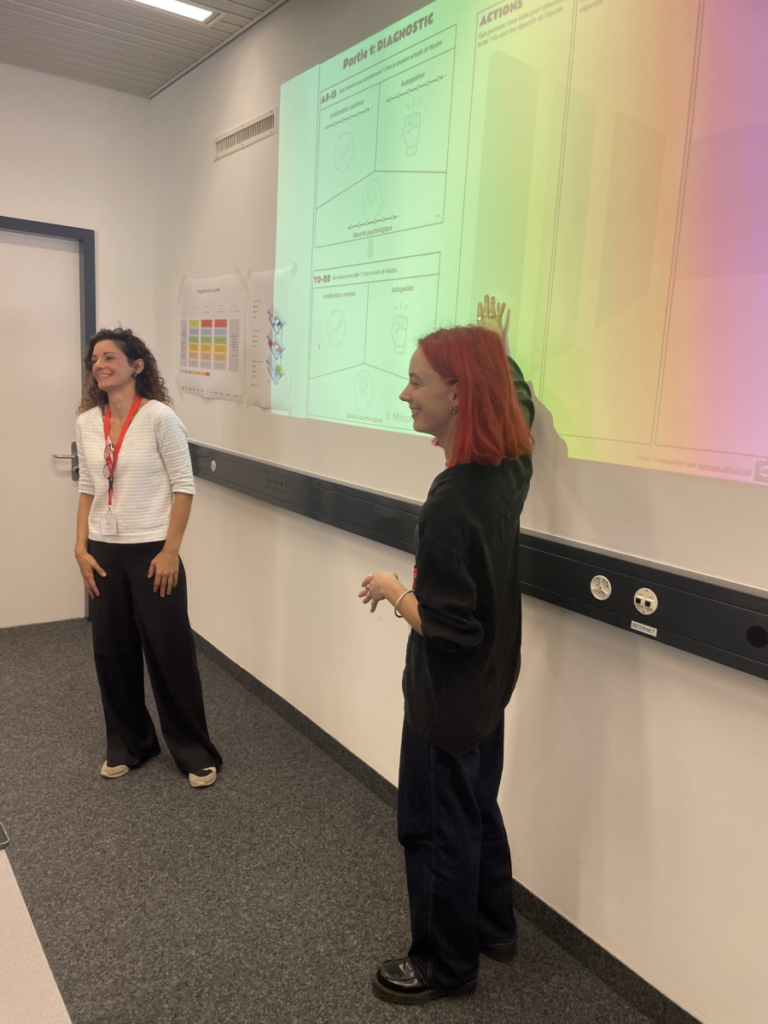At the annual conference of La Fabrique de l’Agilité, we presented our last developments of our research in Agile Transformation: “Demystifying the Road to Agility with the Agile Culture Transformation Canvas”. The main purpose is to help people develop collectively and visually their agile culture.
Our key takeaways:
➡ Initiate a change of mindset where culture is no longer seen as a problem -a broad and nebulous catch-all term – but rather an essential and accessible constituent part of the agile transformation: it is its backbone.
➡ Acting on culture is possible
➡ Acting on culture is a way to counter the unwanted collateral damages of agile transformation
➡ There is no ONE and ONLY ONE agile culture: agile culture is co-constructed collectively and is specific to each group.
➡ Before acting on culture, it is essential to identify and understand the current culture.
🛠 To help people carry out an agile transformation, we have developed the ACTC : a tool that guides and supports teams to act visually and collaboratively on their culture 💡 .



